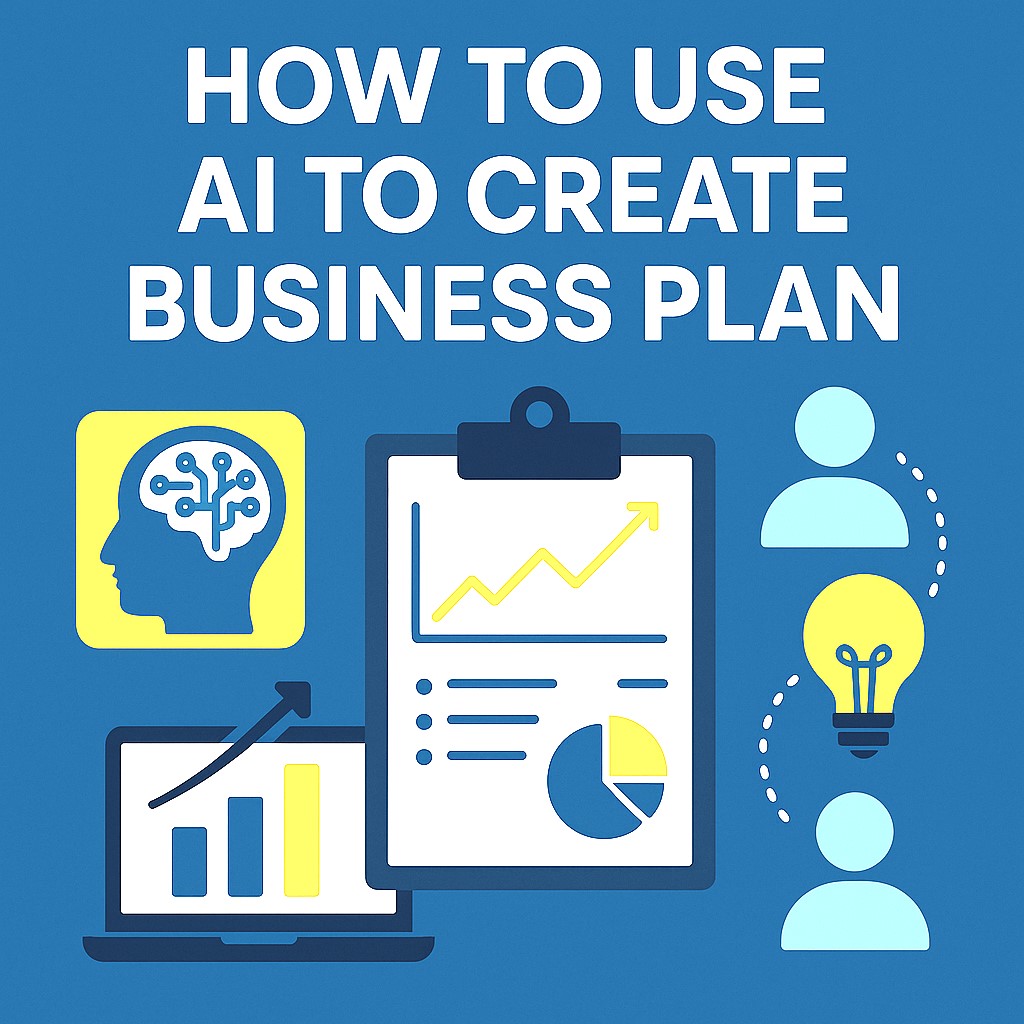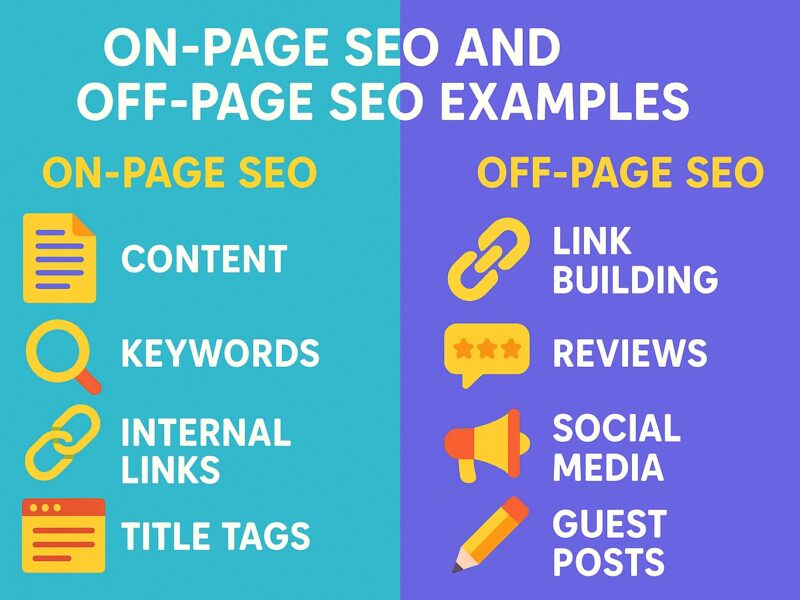How To Use AI To Create Business Plan

Unlock Efficiency, Accuracy, and Strategic Insights with Artificial Intelligence
Creating a solid business plan is essential for every entrepreneur or startup. In today’s fast-paced digital world, Artificial Intelligence (AI) is changing how we approach business strategy, planning, and execution. Using AI tools can dramatically enhance the accuracy, speed, and quality of your business planning process. This article will guide you through how to use AI to create a powerful business plan that is not only effective but also optimized for success.
What Is AI in the Context of Business Planning?
AI refers to systems that mimic human intelligence to perform tasks such as analysis, forecasting, data processing, and decision-making. In business planning, AI can assist with market research, financial modeling, competitor analysis, and drafting executive summaries—all critical components of a solid business plan.
Unlike traditional methods that rely heavily on manual research and spreadsheet models, AI uses algorithms and data sets to generate predictive insights. These tools save time, reduce human error, and produce professional-level reports.
Why Use AI to Create a Business Plan?
1. Time Efficiency
Traditional business plan writing may take weeks. AI tools can compress that into hours or even minutes by automating market analysis, customer profiling, and document formatting.
2. Data-Driven Accuracy
AI can sift through massive datasets and identify market trends, customer behavior, and competitive insights with much higher precision than manual research.
3. Cost-Effective
Hiring consultants or business planners can be expensive. AI tools provide a low-cost alternative without compromising on quality.
4. Real-Time Updates
AI systems can update your business plan based on the latest market trends or economic changes, keeping your strategy relevant and dynamic.
Step-by-Step Guide: How To Use AI To Create A Business Plan
Let’s break down the process into actionable steps.
Define Your Business Objectives
Before you use any AI tool, clarify your business goals. What are you trying to achieve? Are you launching a new product, seeking investment, or entering a new market?
Tips:
-
Write down your mission and vision statements.
-
List short-term and long-term goals.
-
Identify key success indicators (KPIs).
AI works best when you provide clear input. Some platforms allow you to feed these objectives directly into the system for customized outputs.
Use AI for Market Research
Market research is the foundation of every business plan. AI-powered platforms can analyze vast amounts of data to identify:
-
Industry trends
-
Customer segments
-
Consumer behavior patterns
-
Competitor analysis
These insights can be used to complete the Market Analysis and Target Market sections of your plan.
Example Use Case:
You enter your product niche into an AI tool. Within minutes, it provides you with demographic data, consumer demand trends, and your top five competitors based on online footprint and user reviews.
Analyze the Competition Using AI
A well-rounded business plan includes a detailed competitive analysis. AI tools can scan public databases, online reviews, news articles, and financial reports to give you a clear picture of:
-
Who your competitors are
-
Their pricing strategies
-
Product features
-
Customer satisfaction scores
This information helps shape your Unique Value Proposition (UVP) and identify gaps in the market you can exploit.
Draft the Business Model Using AI Templates
Many AI-based platforms offer pre-built templates where you simply input data, and the system generates sections of your business plan. These typically include:
-
Executive Summary
-
Business Description
-
Marketing Strategy
-
Operational Plan
-
Financial Projections
These templates not only speed up the writing process but ensure that no critical element is left out.
Bonus Tip:
Look for platforms that allow you to customize the tone and layout. This helps you keep the business plan aligned with your brand voice.
Use AI to Create Financial Projections
One of the most challenging parts of business planning is creating realistic financial forecasts. AI tools can use historical data, current market trends, and predictive modeling to generate:
-
Revenue forecasts
-
Break-even analysis
-
Profit and loss statements
-
Cash flow projections
These projections are vital if you’re seeking funding or planning your next fiscal year.
Validation Tip:
You can cross-check AI-generated forecasts with open data from industry reports to ensure they’re in a realistic range.
Automate SWOT Analysis
SWOT (Strengths, Weaknesses, Opportunities, Threats) analysis is crucial for strategic planning. AI tools can generate a custom SWOT analysis by:
-
Scanning internal metrics (if connected to CRM or ERP systems)
-
Analyzing market data
-
Assessing external risks (economic, political, etc.)
This section is often the heart of a good business strategy, and AI adds a layer of depth by detecting patterns that might not be obvious through manual analysis.
Create Visuals and Infographics with AI
A visually engaging business plan leaves a lasting impression. AI tools can automatically generate:
-
Infographics
-
Pie charts
-
Growth trend visuals
-
Organizational charts
These graphics enhance readability and help stakeholders understand your plan quickly.
Design Tip:
Use neutral business colors and avoid overcrowding visuals with too much text. Let the graphics support the narrative.
Final Review and Editing
Once the AI has drafted your business plan, don’t skip the human touch. Carefully review each section for clarity, grammar, and tone. AI is powerful, but final approval should always come from a person.
Checklist for Review:
-
Does the plan align with your original objectives?
-
Are the financials realistic?
-
Is the tone appropriate for your target audience (investors, partners, or internal team)?
-
Are there any outdated data points?
You can also use AI grammar checkers and readability tools to polish the final version.
Common Mistakes to Avoid
Even with AI, it’s possible to make errors if you rush the process. Here are some mistakes to watch out for:
-
Relying too much on generic templates without customizing
-
Not validating data sourced from AI
-
Ignoring real-time updates and economic conditions
-
Skipping human review before finalizing the plan
Final Thoughts
Using AI to create a business plan is a smart move in today’s tech-driven landscape. From ideation to financial forecasting, AI tools can simplify the entire process, reduce errors, and improve strategic clarity. However, AI should be viewed as a powerful assistant, not a replacement for human decision-making and oversight.
When used correctly, AI empowers entrepreneurs to build comprehensive, data-backed business plans that attract investors, align teams, and chart a path to long-term success.
Key Takeaways
-
AI can speed up and enhance every stage of business planning.
-
Use it for market research, competitor analysis, financial forecasts, and visualizations.
-
Always verify the output with your industry knowledge and real-world data.
-
A hybrid approach of AI tools and human review yields the best results.
By following these steps, you’ll have a robust, investor-ready business plan powered by the precision and efficiency of AI.
References
https://en.wikipedia.org/wiki/Artificial_intelligence
https://en.wikipedia.org/wiki/Business_plan
Links License – https://en.wikipedia.org/wiki/Wikipedia:Text_of_the_Creative_Commons_Attribution-ShareAlike_4.0_International_License
Dear Friends, warmly welcome you to visit link below for more technology content. Have Fun Reading. Thanks For Your Support.
https://techsavvo.com/category/blog/

